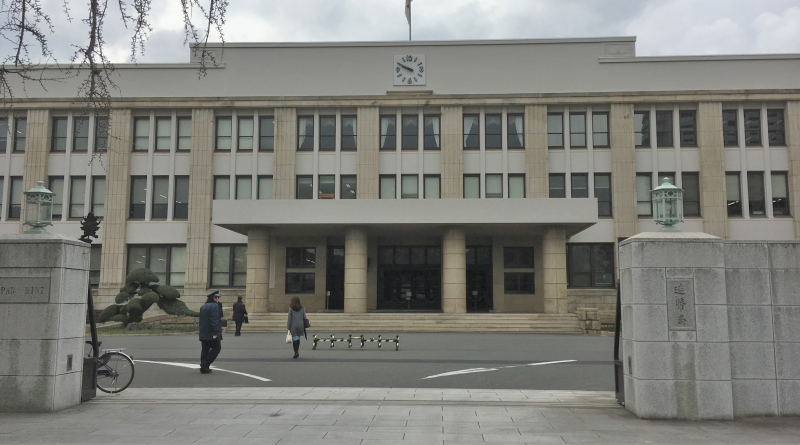
The Japan Mint
Along the Okawa River, near Osaka Castle, there is a large white building. This building is main branch of the Japan Mint, and produces almost all the coins in Japan. The mint has been an extremely important influence on the city of Osaka and was responsible for helping modernize the city.
The History of the Japan Mint
While many important government buildings are in Tokyo, Osaka has managed to clinch ownership of the National Mint. But how did such an important government organization end up so far away from Tokyo? Some people say this is in part due to the fact that Tokyo had a very high crime rate at the time, but the more likely reason is that the machines for minting coins were already in Osaka.
These machines were initially bought from the English and sent to Japan via Hong Kong, and ultimately Osaka, during the Meiji Period. However, at this time Japan was in the process of deciding where the new nation’s capital should be. Since Osaka was vying for the position, the government decided to keep machines in Osaka until they could make a decision. Tokyo ultimately became the nation’s capital, but since all the equipment was in storage hundreds of miles away from Tokyo, it was simply less of a hassle to build the mint in Osaka.
Creating a National Currency
In the very beginning of the Meiji Period, the Japanese currency system was a complete mess. There were cities that primarily used gold, some that used silver, and others still that issued local bills, and all the while foreign currency was beginning to trickle into the country. In order to modernize, the Japanese government realized they needed a uniform national currency system.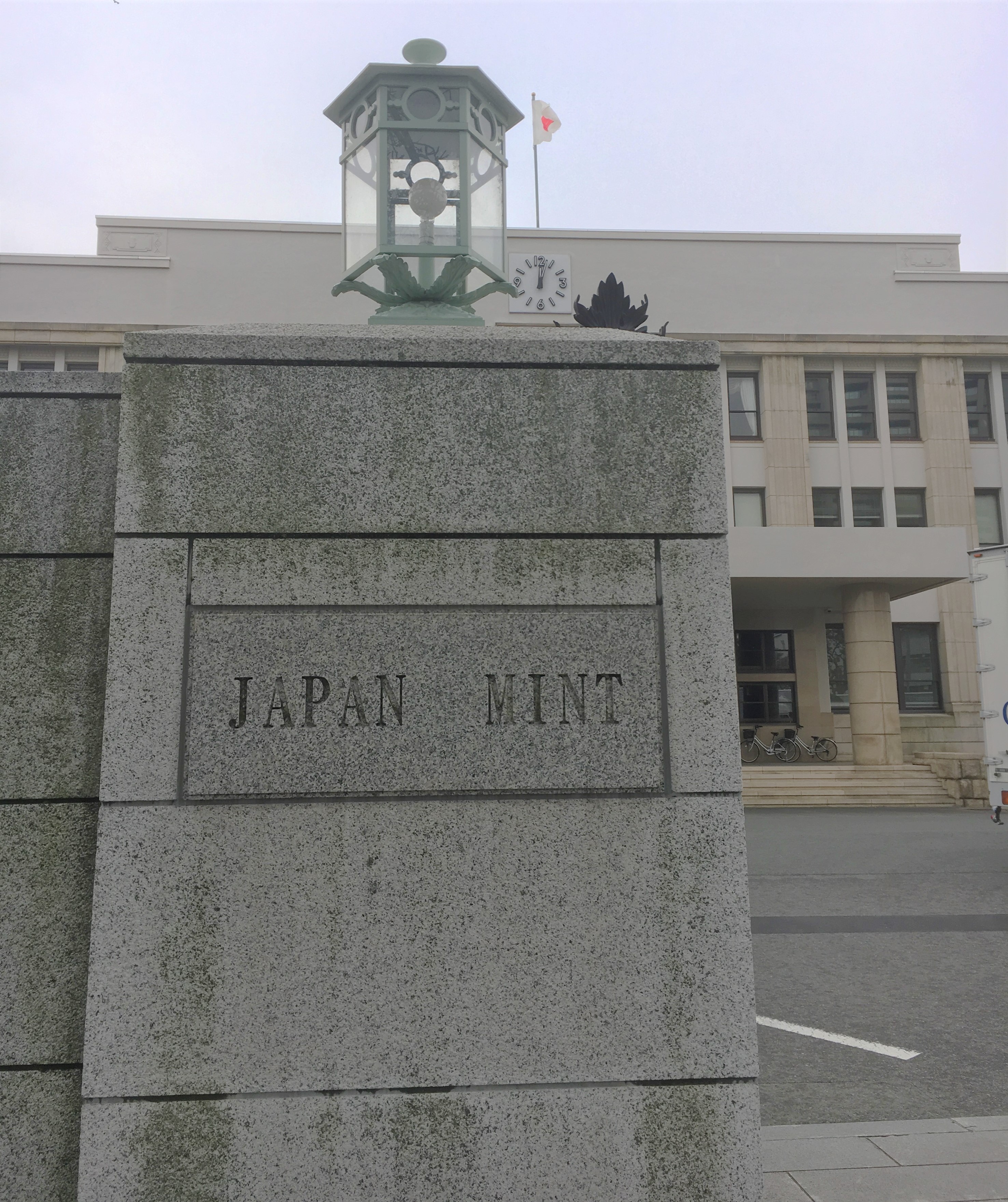
Modernizing Osaka
After facing a number of hurdles, the Japan Mint at last finished completion in 1871. Shortly after that though, everyone quickly realized that making coins was more than simply stamping a piece of metal. Industrialized coin production demanded the use of chemicals and advanced skills in machinery and metal works, and unfortunately, there were very few people in Japan who were qualified to perform these task. The Japanese government therefore, decided to hire a lot of foreigners from England to help get things running. English soon became the dominate language at the mint. They even enforced a Westernized dress code! In this way, the mint became immensely responsible in the modernization of Osaka. Due to the influx of western technology in the Meiji Period, the Japan Mint was on the cutting edge.
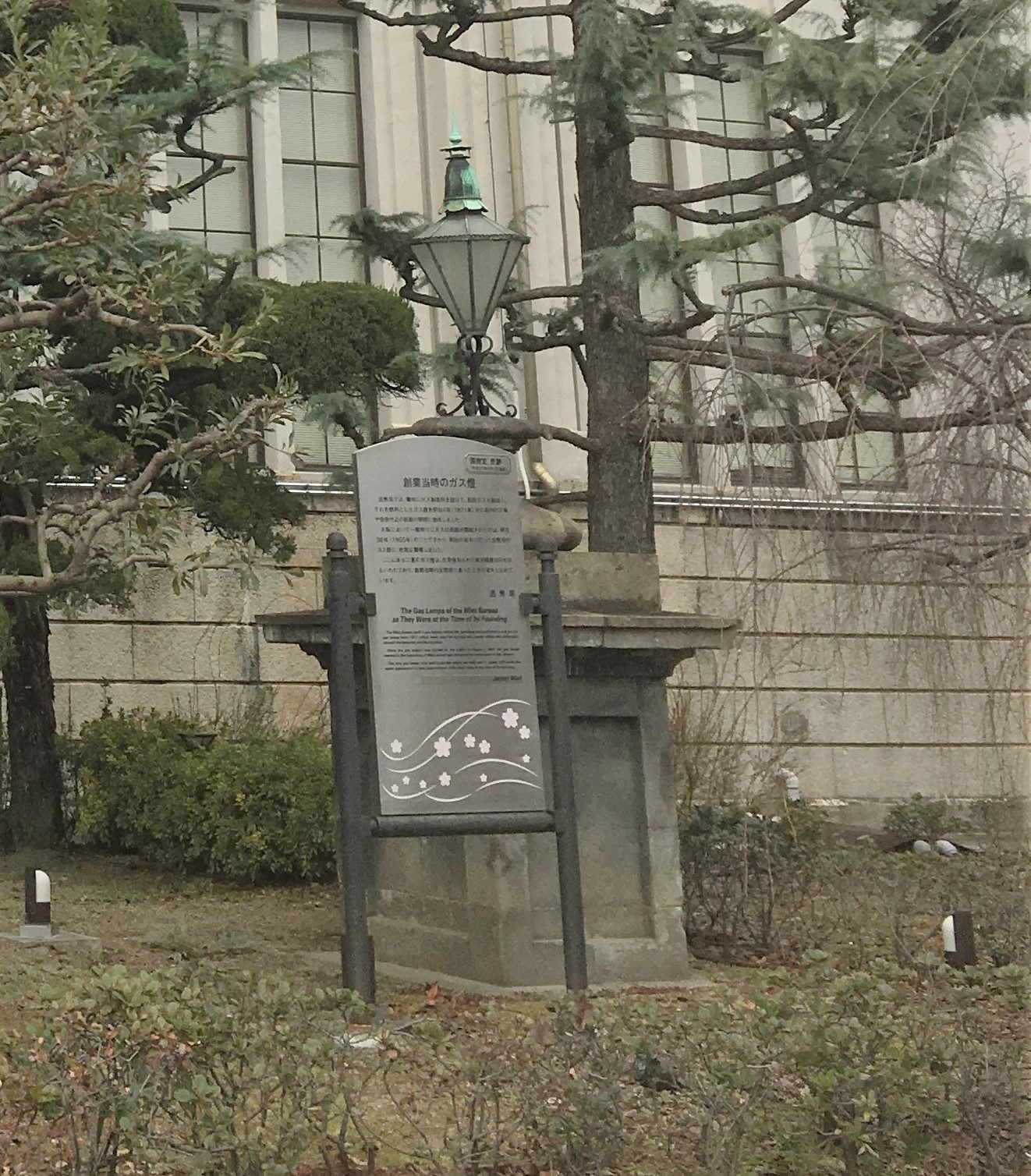
Getting to the Japan Mint
There are a number of ways to get to the Japan Mint. The mint is close to a couple subway stations, so it is pretty easy to access.
[mappress mapid=”15″ width=”95%”]At the Nankai Tengachaya Station, take the Sakaisuji Subway Line to Minami Morimachi.
If you are already in Namba, ride the Midosuji Line to Yodoyabashi then transfer to the Keihan Main Line and get off at Temmabashi Station.
Japan Mint: Factory Tour and Museum

Free tours of the mint are available, however you must make a reservation in advance. Reservations can be made on the mint’s website. Also, be aware that tours are not available during Sakura season, which is typically during mid-April.


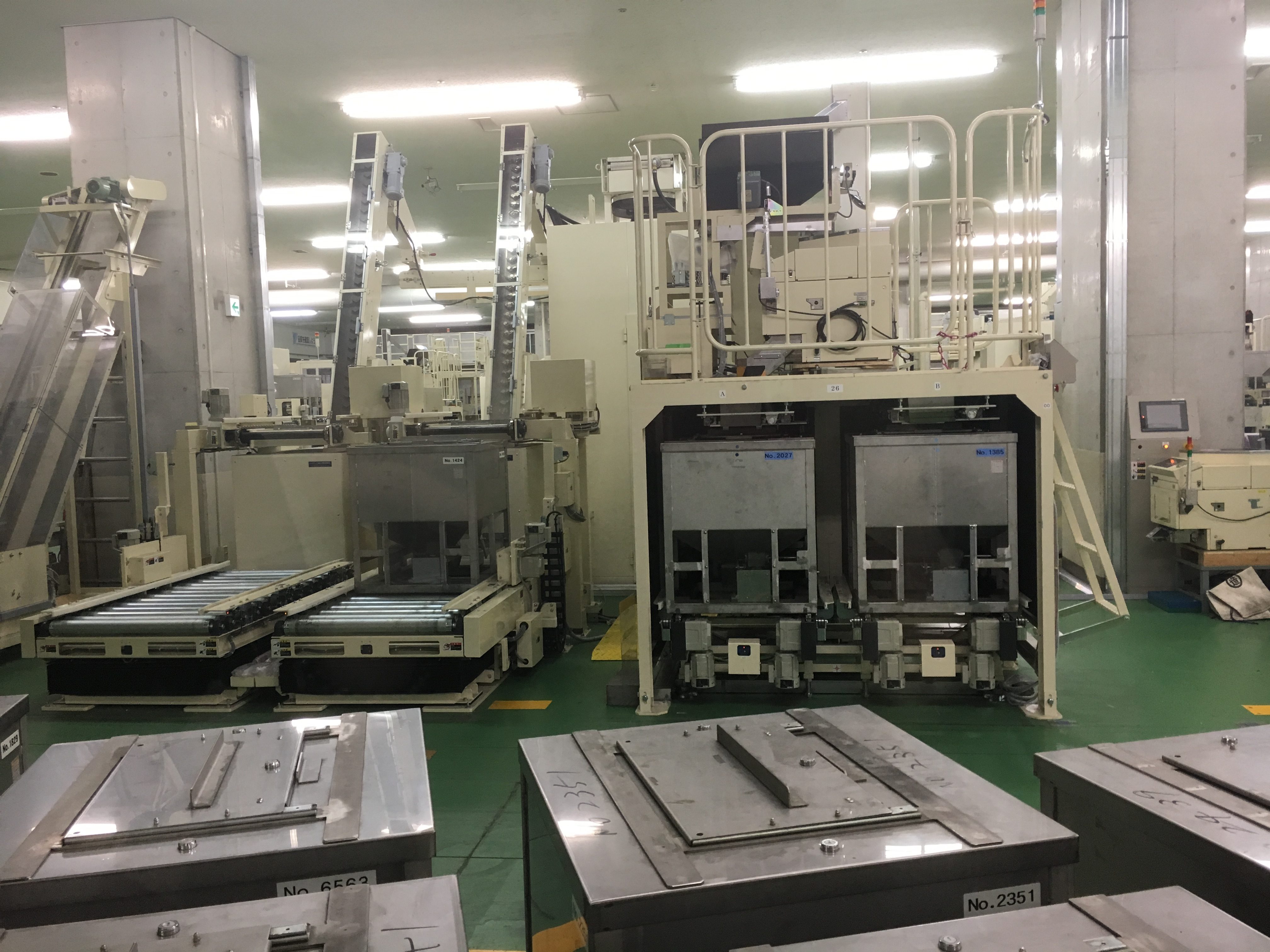


Robots run much of the manufacturing process at the mint. However, it is fascinating to watch the lifts operate by themselves. They can even sense when another lift is in the way, and will wait for it to move!

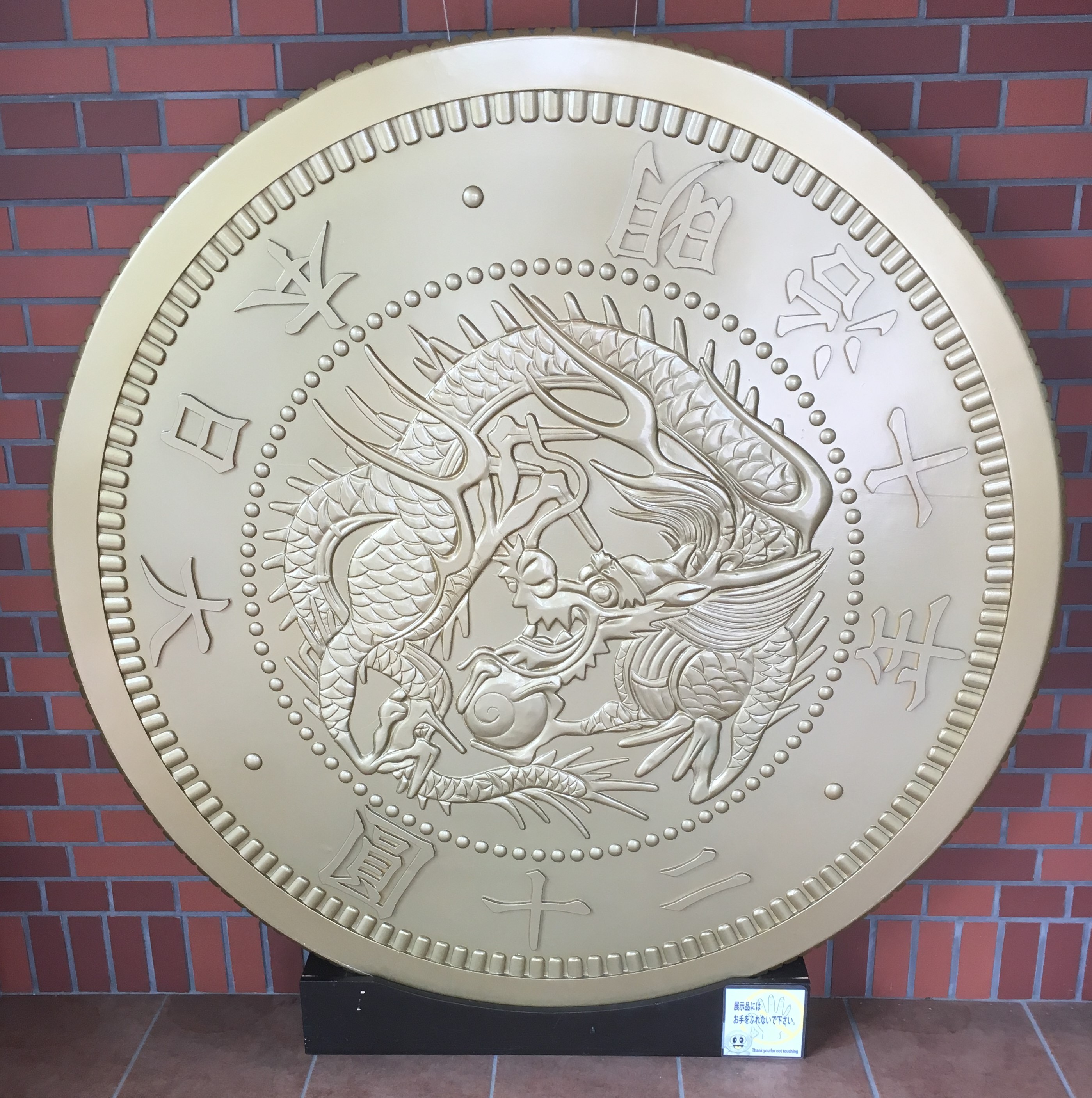
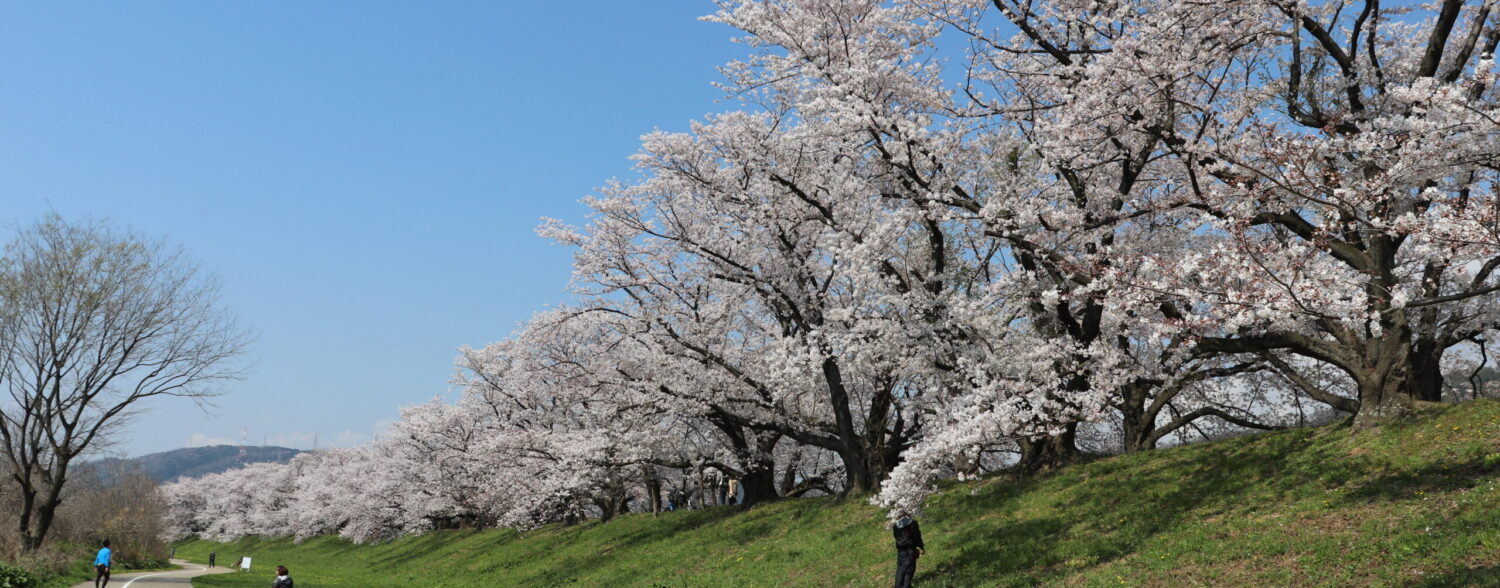
Leave a Reply